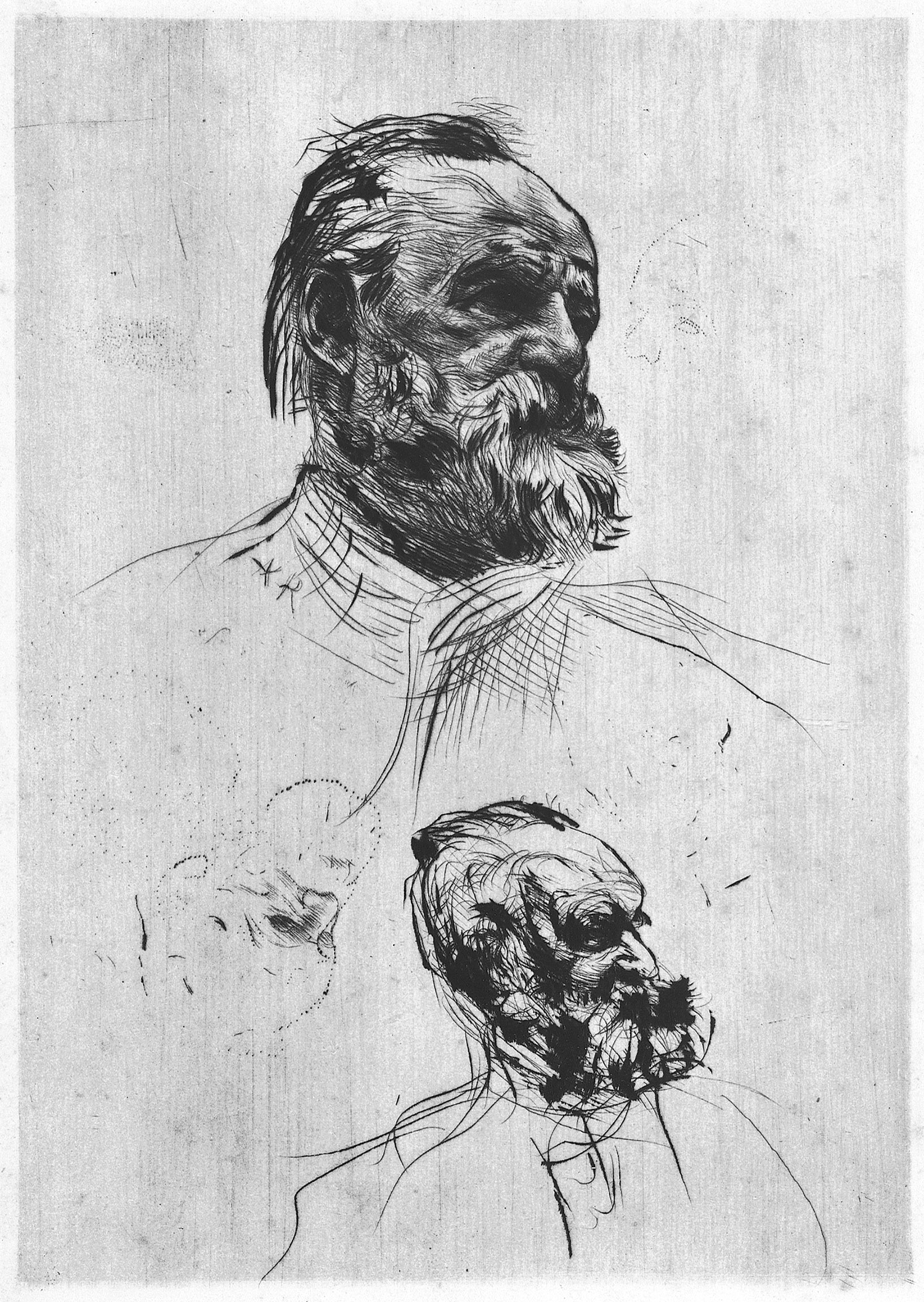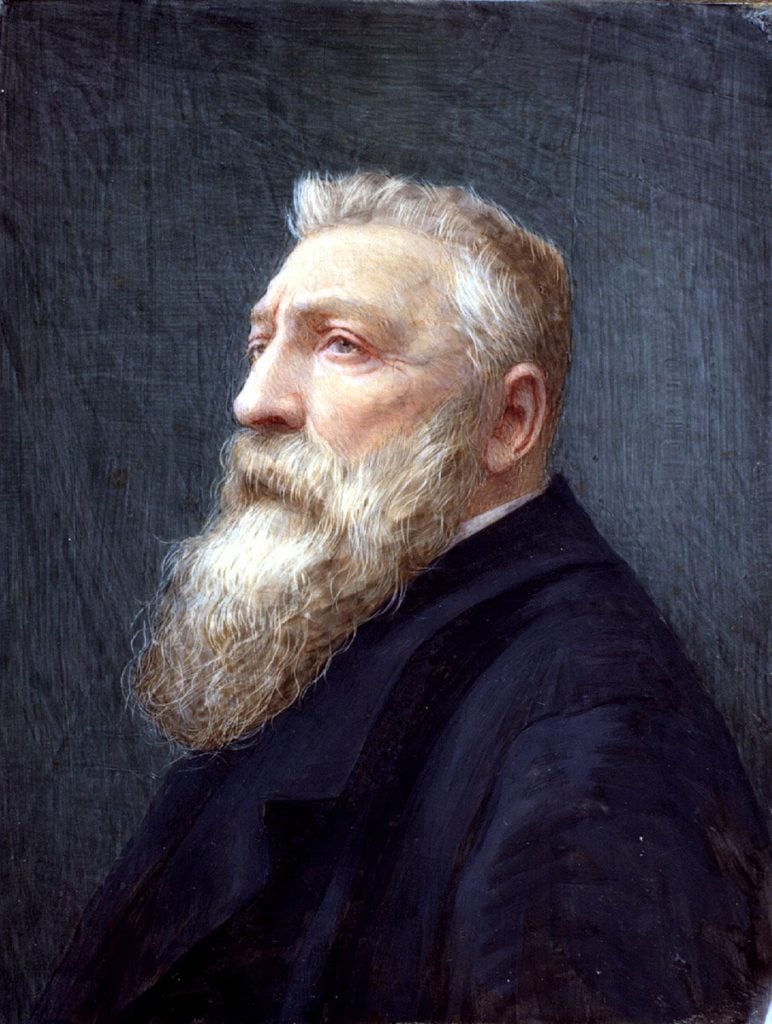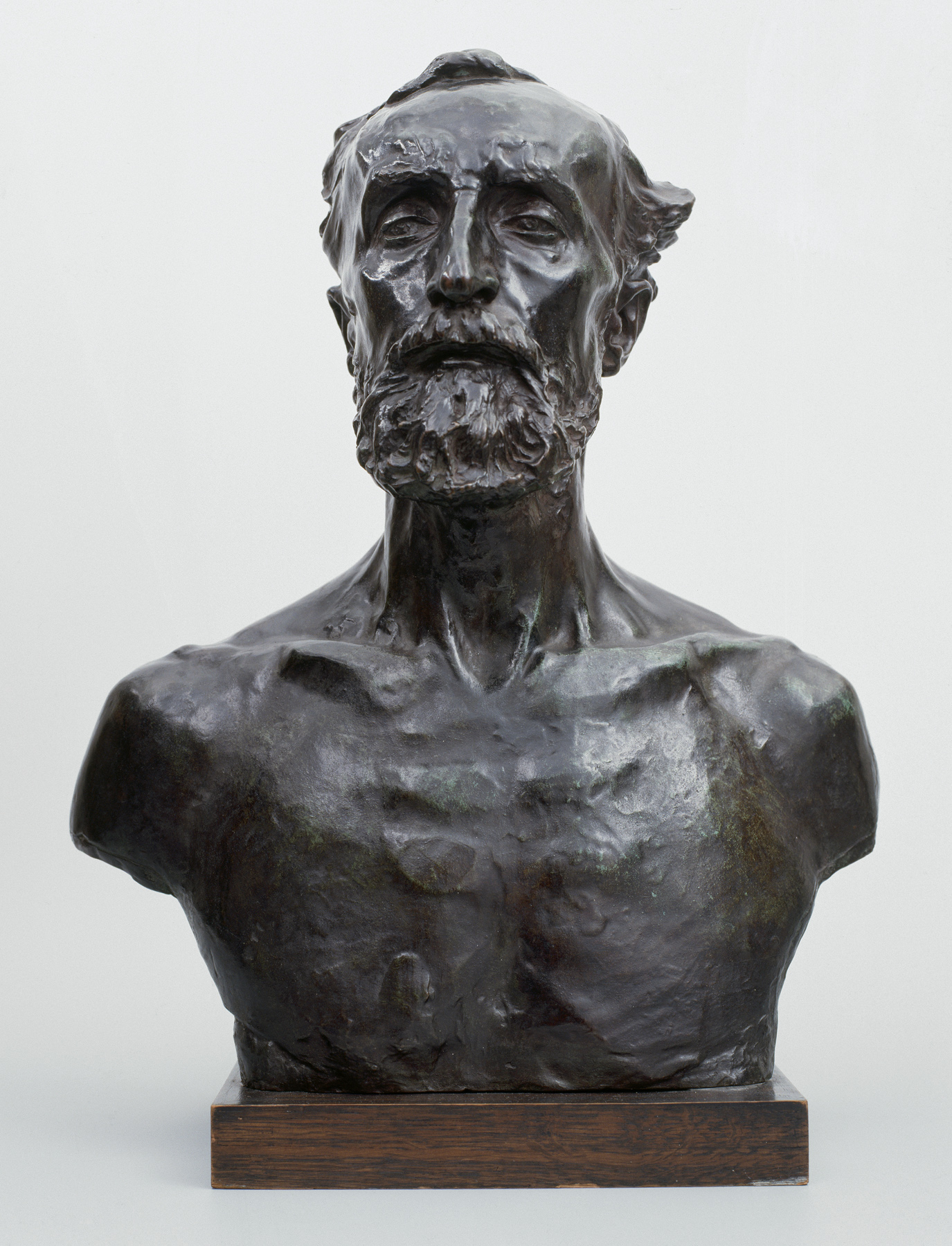
A Centenary and Recent Discoveries Shine a Spotlight on Rodin The New
Auguste Rodin (1840-1917) is renowned for breathing life into clay, creating naturalistic, often vigorously modelled sculptures that convey intense human emotions: love, ecstasy, agony or grief. Breaking the rules of academic convention and classical idealism, Rodin ushered in a new form of highly expressive sculpture that went on to influence generations of artists.

Auguste Rodin (18401917) Thematic Essay Heilbrunn Timeline of Art
Auguste Rodin French Sculptor Born: November 12, 1840 - Paris, France Died: November 10, 1917 - Meudon, France Symbolism Realism Impressionism Similar Art and Related Pages "To any artist, worthy of the name, all in nature is beautiful, because his eyes, fearlessly accepting all exterior truth, read there, as in an open book, all the inner truth."

For Decades a Museum Displayed a Painting of a Brutal Belgian King
Clare Vincent Department of European Sculpture and Decorative Arts, The Metropolitan Museum of Art October 2004 The son of an inspector in the Paris Préfecture de Police and a former seamstress, Auguste Rodin grew up in a working-class district of Paris known as the Mouffetard.

Thought, 1890 (Face of Camille Claudel) by Auguste RODIN (18401917
French, 1840-1917. In 1891 Auguste Rodin was commissioned by a literary society to produce a posthumous monument to the French writer Honoré de Balzac. Over the course of seven years, the sculptor created numerous studies for the composition, including this deliberately ungainly nude portrait. A departure from the idealized classical bodies.

Auguste Rodin par Camille CLAUDEL (18641943) en 188889. Bronze, fonte
Auguste Rodin was born in 1840, the second child and only son of Jean-Baptiste Rodin and Marie Cheffer, first-generation Parisians of modest means. Nothing in his family background or situation suggested that he might become an artist. At age thirteen, however, Rodin decided to enroll in the Ecole Spèciale de Dessin et de Mathématique, a.

Auguste Rodin De beeldhouwer Jules Dalou 1883 Rodin sculpture
Open today Portrait of Auguste Rodin 1905 Gertrude Käsebier American, 1852-1934 Status Currently Off View Department Photography and Media Artist Gertrude Käsebier Title Portrait of Auguste Rodin Place United States (Artist's nationality:) Date Made 1905 Medium Gum bichromate print Inscriptions

Legion of Honor rethinks Rodin sculptures for centennial
Portrait of Auguste Rodin Place France (Artist's nationality:) Date Dates are not always precisely known, but the Art Institute strives to present this information as consistently and legibly as possible. Dates may be represented as a range that spans decades, centuries, dynasties, or periods and may include qualifiers such as c. (circa) or BCE.

Auguste Rodin in 1906 r/ColorizedHistory
1/3 Currently not on view Thought Modeled 1895; cast 1925 Artist/maker: Auguste Rodin, French, 1840 - 1917. Cast by the founder Alexis Rudier, Paris, 1874 - 1952 The sculptor Camille Claudel (French, 1864-1943) was described by one contemporary as "something unique, a natural rebel, a woman of genius."

NPG x12910; Auguste Rodin Portrait National Portrait Gallery
In a career that spanned the late nineteenth and early twentieth centuries, Auguste Rodin (French, 1840-1917) was deeply inspired by tradition yet rebelled against its idealized forms, introducing innovative practices that paved the way for modern sculpture. He believed that art should be true to nature, a philosophy that shaped his attitudes to models and materials.

Portrait of Auguste Rodin The Art Institute of Chicago
Rodin, Le Penseur. 1902. Edward Steichen. American, born Luxembourg, 1879-1973. "What is true of the oil or watercolor is equally true of the photograph," Edward Steichen once said, aptly expressing the overt pictorial intent of Rodin, Le Penseur. This romantic silhouette portrait depicts Auguste Rodin seated in his studio opposite his.

Cambodian Dancers by Auguste Rodin galleryIntell
When Rodin sculpted a portrait of friend and prominent poet Anna Noaille, she didn't care for the prominence of her nose. Rodin refused to change it, however, saying it was true to nature. Madame X (Countess Anna-Elizabeth de Noailles) (1907) by Auguste Rodin The Metropolitan Museum of Art

Portrait d'Auguste Rodin.c.1900. Atelier Nadar.... Portrait Gallery
An illiterate seamstress whom Rodin met in 1864 when she was just 20 years old, Rose Beuret continued working for years to supplement the sculptor's paltry wages, even as she bore his son and modeled for him at night. While she has been called jealous and quick to anger, this late portrait of Beuret betrays neither of those traits. [1]

Auguste Rodin. Portrait of the French sculptor Auguste Rodin (François
François Auguste René Rodin (12 November 1840 - 17 November 1917), known as Auguste Rodin (/oʊˈɡuːst roʊˈdæ̃/; French: [oɡyst ʁɔdɛ̃]), was a French sculptor. Although Rodin is generally considered the progenitor of modern sculpture, he did not set out to rebel against the past.

Portrait of the Sculptor Auguste Rodin in his Studio Watercolour World
, France—died November 17, 1917, Meudon) French sculptor of bronze and marble figures, considered by some critics to be the greatest portraitist in the history of , commissioned in 1880 for the future Museum of the Decorative Arts in Paris, remained unfinished at his death but nonetheless resulted in two of Rodin's most famous images: .

RODIN AUGUSTE
In 1912, the year The Met opened a gallery devoted to the work of Auguste Rodin, collector and financier J. P. Morgan also donated a portrait of the sculptor to the Museum. The painting, by the American artist Robert MacCameron (1866-1912), gives us a glimpse of the 69-year-old Rodin in living color.

Buste de Dalou Auguste RODIN (1840 1917) 1883
Photography's affinity with sculpture, as well as its documentary and evidential value, may explain Rodin's early interest in this new medium. In 1877, his submission to the Paris Salon, The Age of Bronze, was the subject of huge controversy. Its critics accused Rodin of not having modelled this male figure, but of having used a life cast.